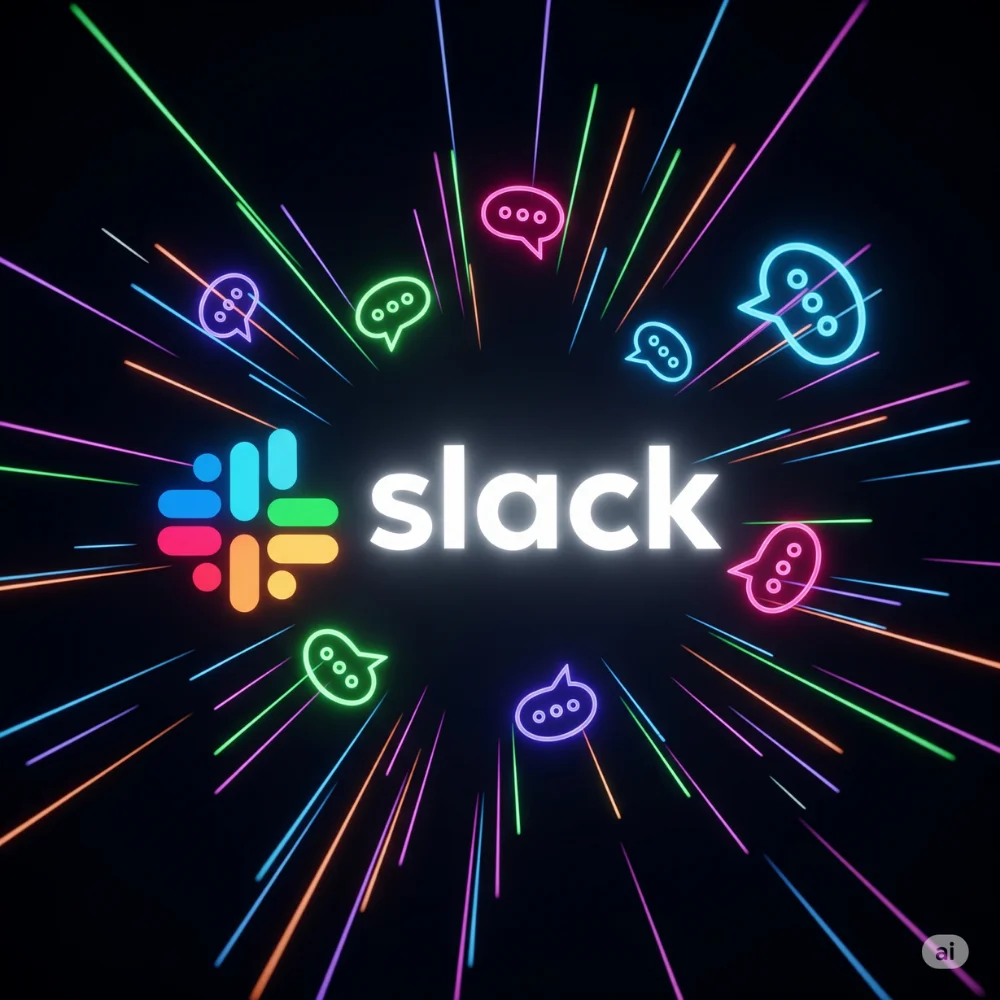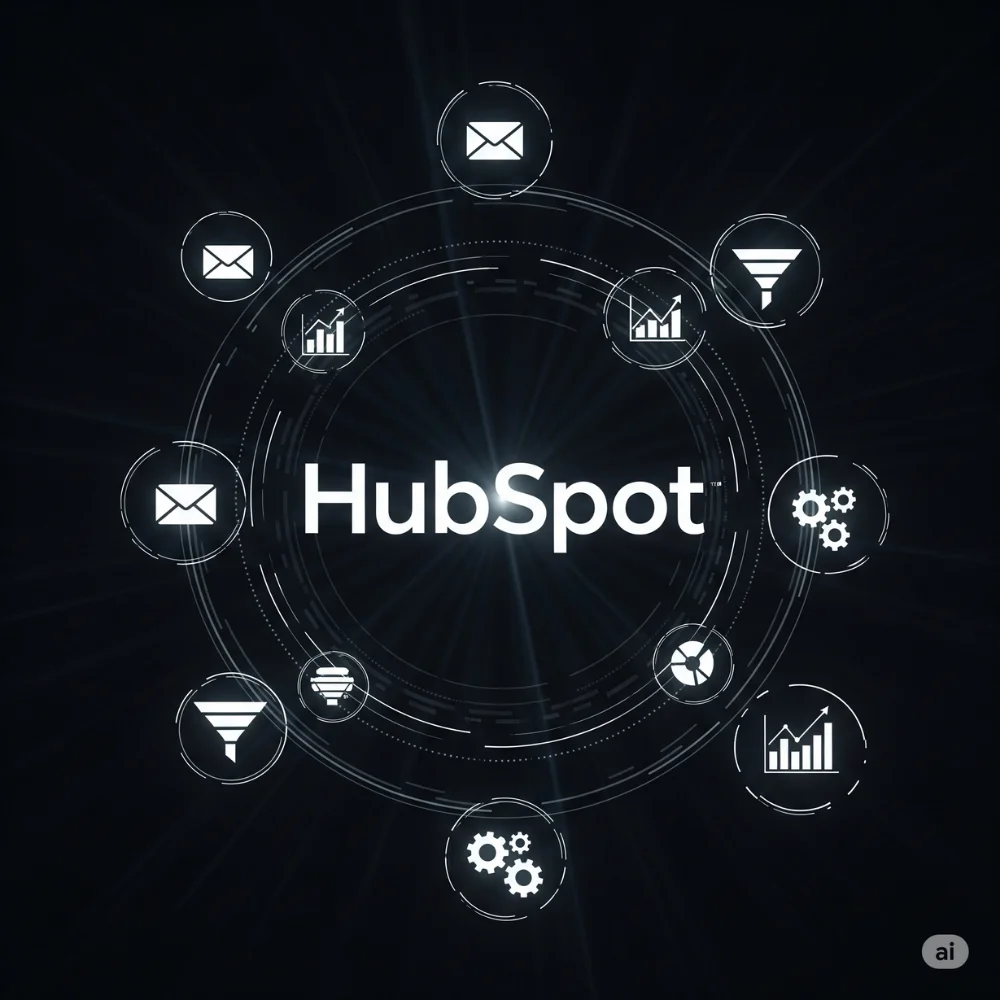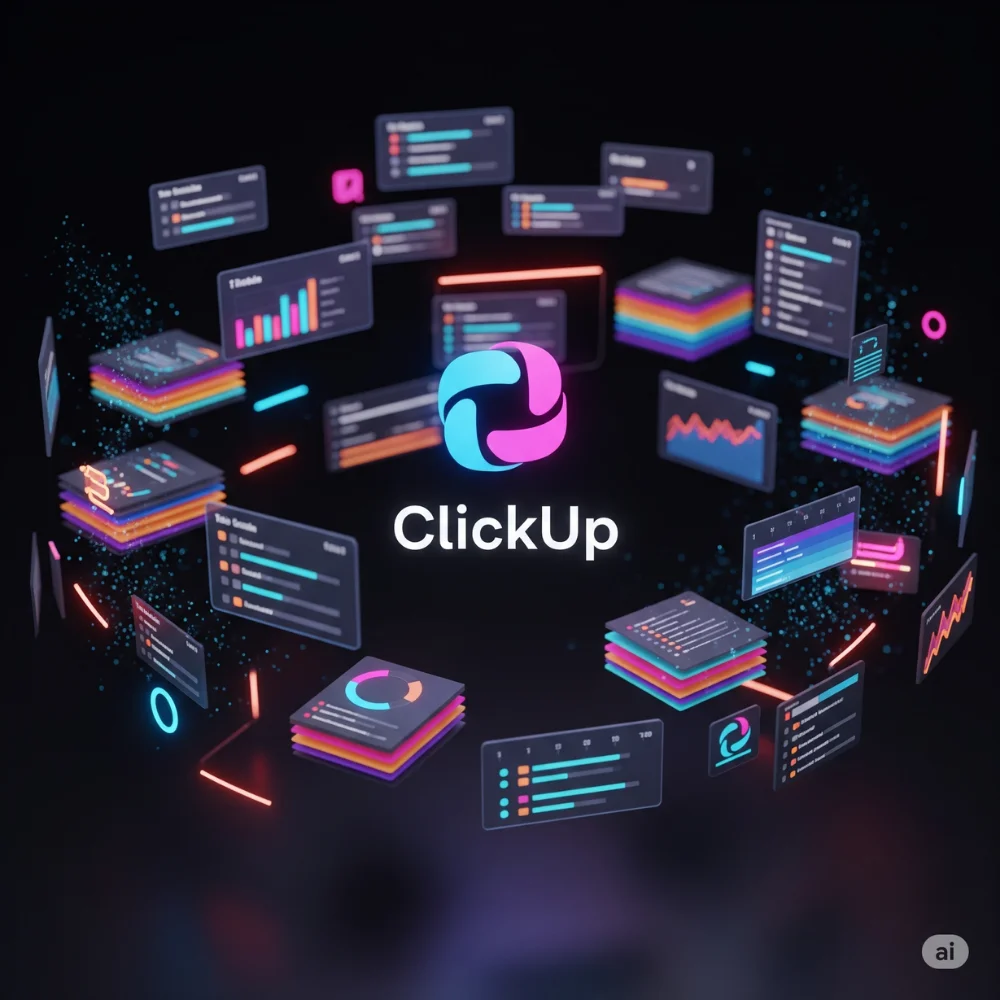Launching a startup in 2025 brings a mix of thrilling opportunities and modern-day challenges. With so many tools and technologies available, it’s easy to get lost. But for startups, the right tools can make all the difference. SaaS (Software as a Service) tools are great because you don’t need to install heavy software or spend money on big setups. You can use them from anywhere, anytime. This article highlights 10 must-have SaaS tools that every startup should use to grow faster and work smarter.
1. Slack,For Better Team Communication

Strong communication lies at the core of every thriving startup, and Slack makes it easy for teams to stay connected instantly and efficiently. It’s more than just a messaging app. You can create separate channels for different departments or projects so everything stays organized. It also lets you share files, initiate voice or video calls, and integrate seamlessly with tools like Google Drive and Trello. Slack’s search function makes it easy to find any conversation or file shared in the past. In 2025, when many teams are remote or hybrid, Slack is one tool you can’t ignore.
Why it’s useful:
- Keeps team conversations organized
- Reduces long email threads
- Supports integrations with over 2,000 apps
2. Notion, All-in-One Workspace

Startups often juggle many tasks at once, from planning to managing content. Notion is a powerful all-in-one workspace where you can write notes, plan projects, track tasks, and build wikis. You don’t need separate apps for everything, Notion brings it all together. Whether it’s setting up a content calendar or sharing meeting notes, Notion helps you do it in one place. Its templates make it even easier to get started quickly.
Why it’s useful:
- Combines docs, databases, and task lists
- Easy to use for team collaboration
- Great for knowledge sharing and project tracking
3. Trello, For Simple Project Management

Managing projects should not feel like a headache. Trello uses boards, lists, and cards to help you manage tasks visually. You can move tasks from “To Do” to “In Progress” to “Done” using drag-and-drop. It’s perfect for teams who want a clean and visual way to track work. Each card allows you to set due dates, add checklists, attach files, and leave comments for better task management. It works well for marketing plans, development sprints, product launches, and more.
Why it’s useful:
- Helps organize work visually
- Perfect for small to medium teams
- It smoothly connects with tools such as Slack, Google Drive, and Notion for enhanced workflow efficiency.
4. HubSpot, For CRM and Marketing Automation

Every startup needs to attract and keep customers. HubSpot offers a free CRM that helps you manage contacts, track leads, and automate emails It serves as an all-in-one platform for managing sales, marketing efforts, and customer support operations. You can also create landing pages, run email campaigns, and track how users interact with your website. In 2025, where automation saves time, HubSpot helps startups grow faster without needing a large team.
Why it’s useful:
- Easy CRM setup for startups
- Helps nurture leads and close sales
- Strong email marketing and automation tools
5. Canva, For Easy Graphic Design

Designing social media posts, presentations, or marketing materials doesn’t need to be expensive or complicated. Canva offers thousands of templates you can customize with drag-and-drop tools. Even if you’re not a designer, you can create professional-looking designs for your brand. From pitch decks to Instagram posts, Canva has templates for every use. It’s especially helpful for startups without an in-house designer.
Why it’s useful:
- Easy to use with ready-made templates
- Great for social media, ads, and presentations
- Supports team collaboration on designs
6. Zoom, For Online Meetings and Webinars

Remote work is here to stay in 2025, and Zoom remains one of the most trusted video conferencing tools. Startups can use Zoom for team meetings, client presentations, and even webinars. It offers features like screen sharing, session recording, and breakout rooms for group collaboration. With features like noise cancellation and HD video, Zoom helps you stay professional during every call.
Why it’s useful:
- Reliable video and audio quality
- Useful for internal and external meetings
- Can host online events and webinars easily
7.QuickBooks Online, For Simple Accounting

Managing money is critical for every startup QuickBooks Online allows you to manage income, expenses, invoices, and taxes efficiently from a single platform. You can connect your bank account and get real-time updates on your financial health. Whether you are paying employees or calculating business expenses, this tool keeps everything clean and organized. It also offers reports that help you understand where your money is going.
Why it’s useful:
- Makes accounting simple for non-finance people
- Helps prepare for tax time
- Tracks cash flow and payments easily
8.ClickUp, All-in-One Productivity Platform

ClickUp combines tasks, documents, goals, and timelines into a single organized workspace. Unlike some tools that only do one thing, ClickUp is designed to replace many tools. You can customize your workspace and see tasks in different views like list, board, or Gantt chart. Startups that want strong project tracking, team collaboration, and performance measurement will love ClickUp. It also connects with tools like Slack, GitHub, and Zapier.
Why it’s useful:
- Combines multiple tools in one
- Helps plan, track, and complete tasks
- Useful for teams of all sizes
9. Loom, For Video Messaging

Sometimes a quick video explains things better than a long message. Loom allows you to simultaneously capture your screen, webcam, and voice in a single recording. Startups use Loom for product demos, training videos, or updates for remote teams. You don’t need to schedule a meeting. Just record and send. Viewers can reply with comments, making it more interactive. Loom offers an efficient way to enhance communication while saving valuable time.
Why it’s useful:
- Perfect for quick updates or walkthroughs
- Saves time compared to live meetings
- Works well for training and remote teams
10. Zapier, For Automating Repetitive Tasks

Startups often use many different apps. Zapier helps connect them and automates tasks between them. For example, you can set up a rule like: “If someone fills out a form on the website, add them to the email list and send a welcome message.” These automated workflows are called “Zaps.” Zapier helps save time and reduce human error. No coding skills are required to use it effectively.
Why it’s useful:
- Saves time by automating tasks
- Connects apps like Gmail, Trello, Slack, and more
- Easy to use with pre-made templates
Final Thoughts
Managing a startup involves juggling multiple roles, but using the right tools can make the workload more manageable. The SaaS tools listed here cover everything from communication and design to marketing and automation. Choosing the right ones depends on your business goals, team size, and budget. The best part is that most of these tools offer free plans or trials, so you can try before you commit. In 2025, smart startups will use technology not just to survive but to grow faster, smarter, and better.



